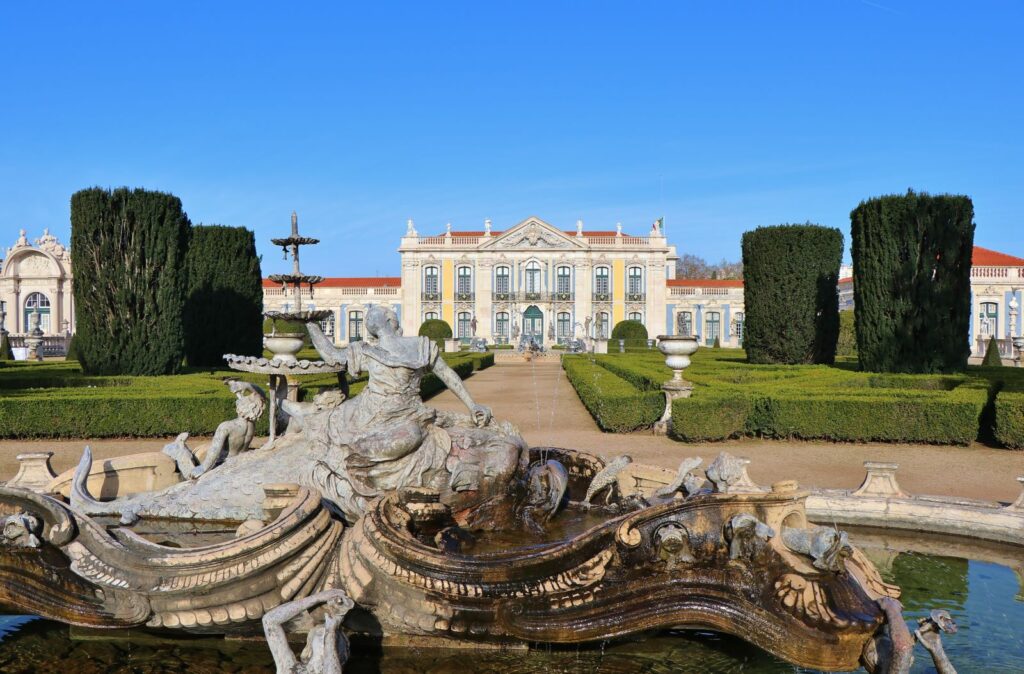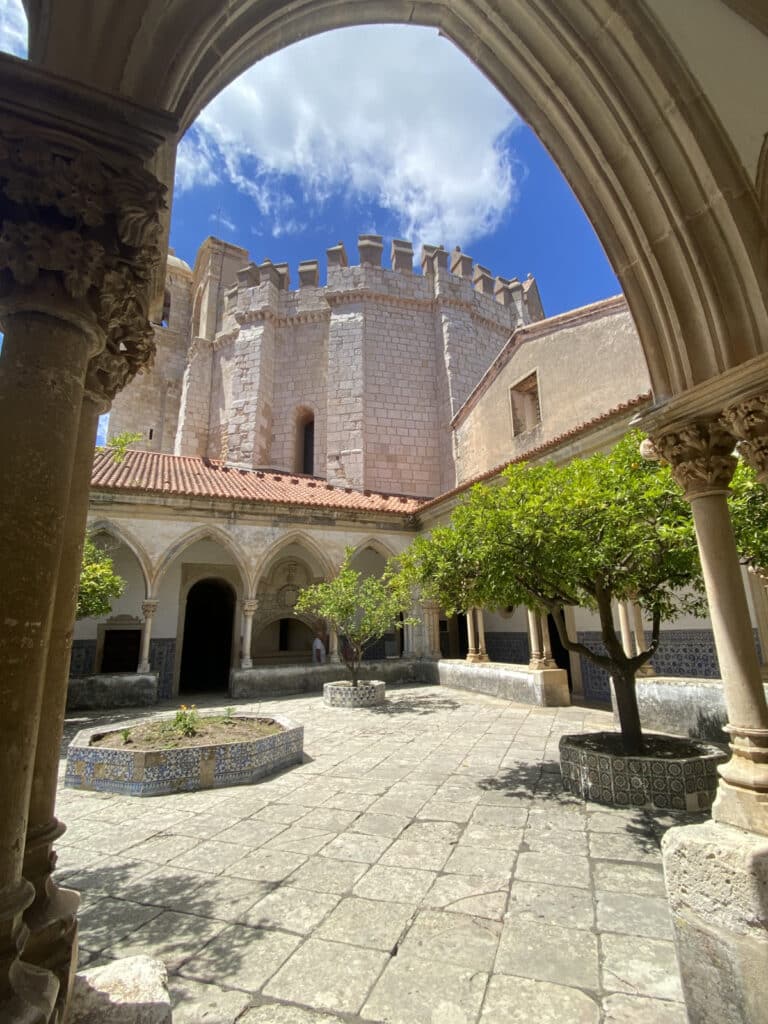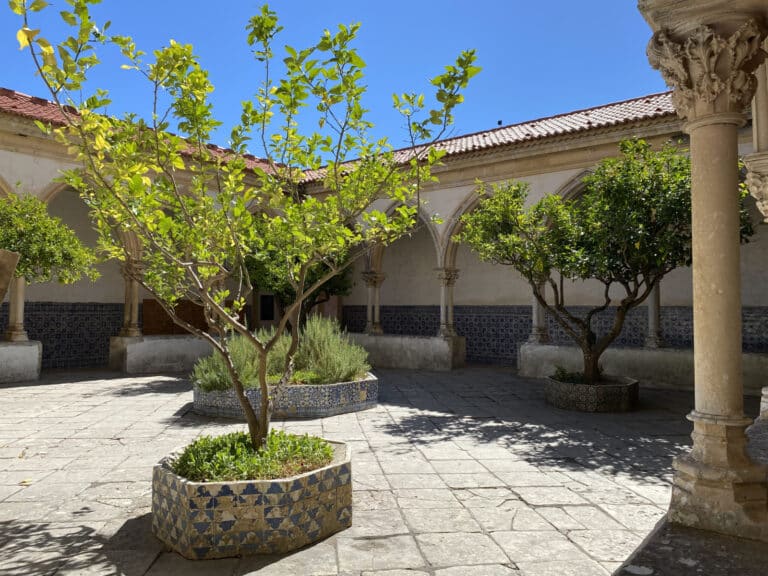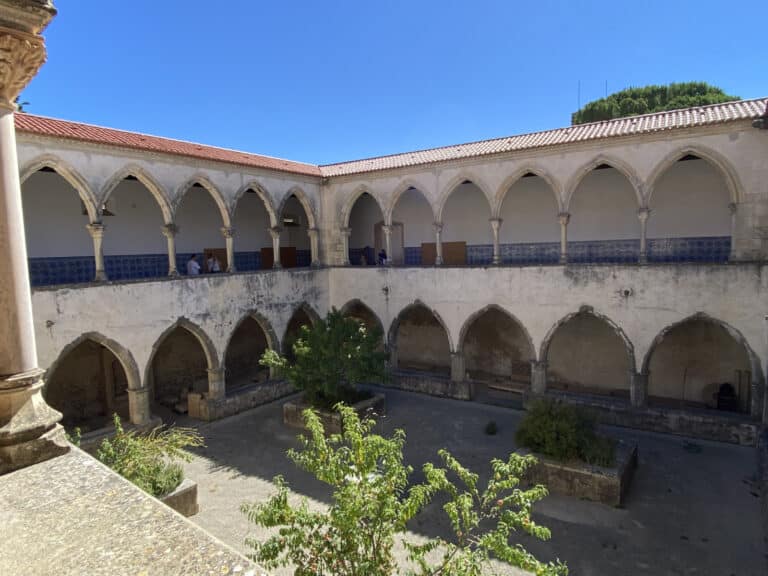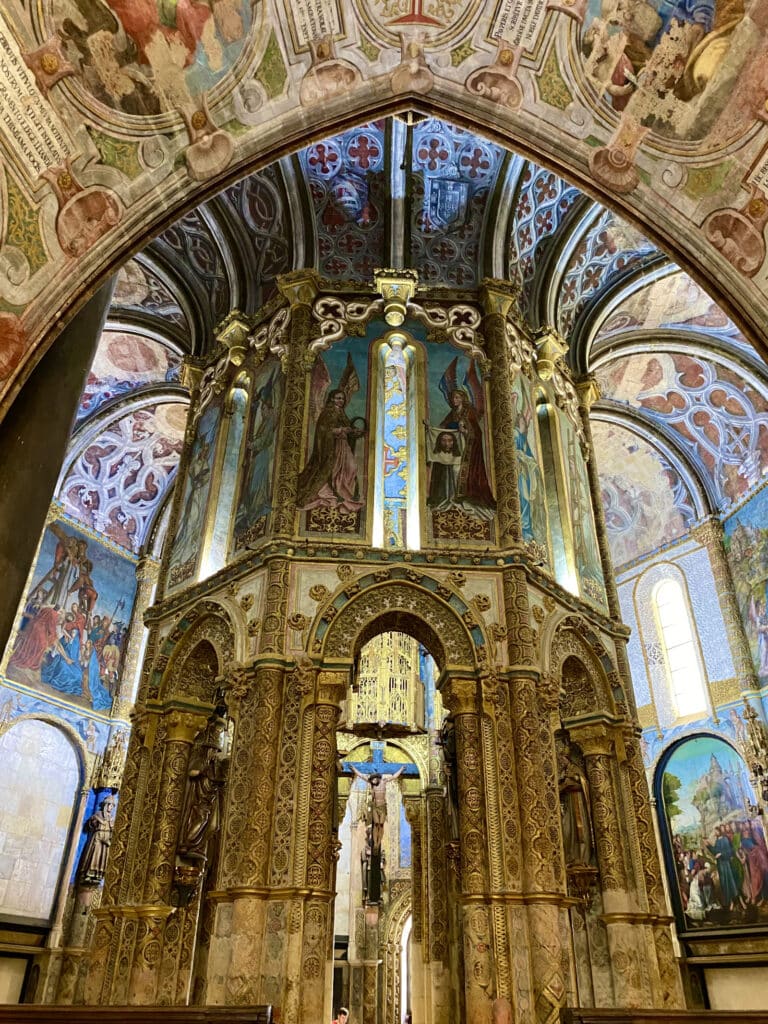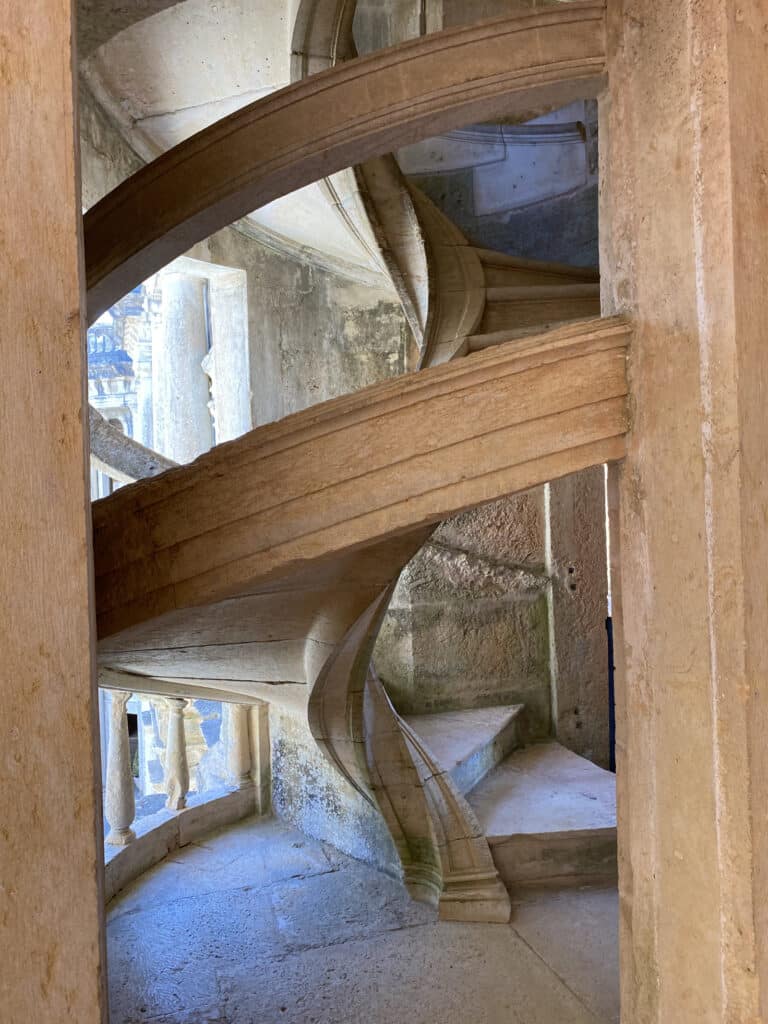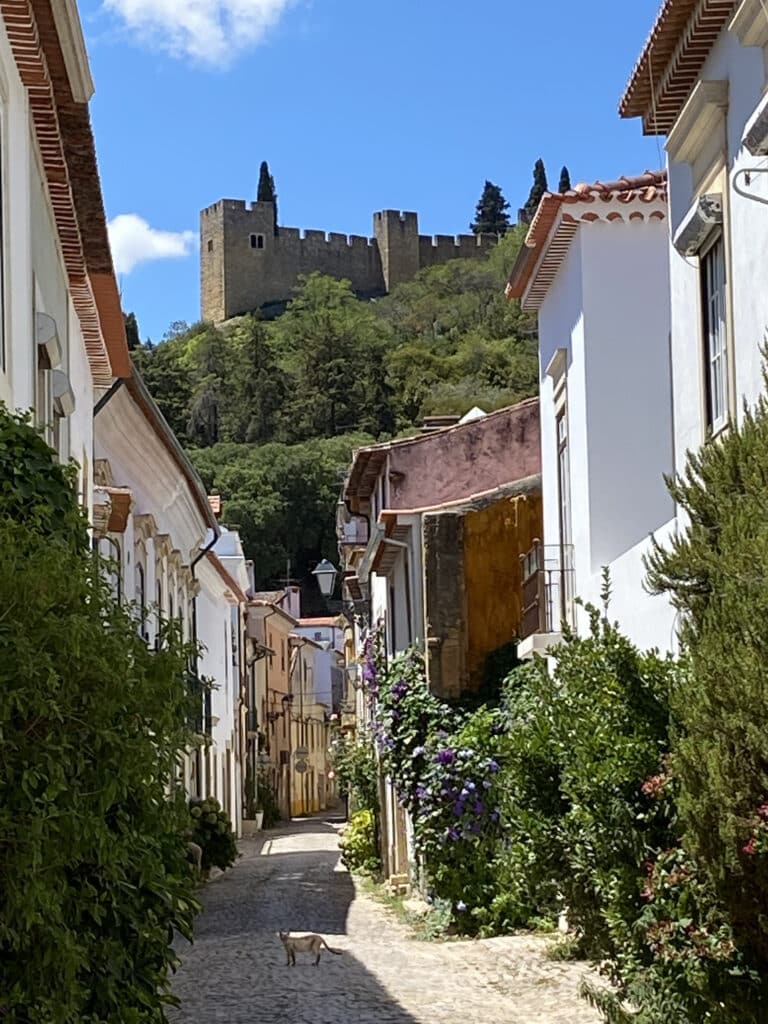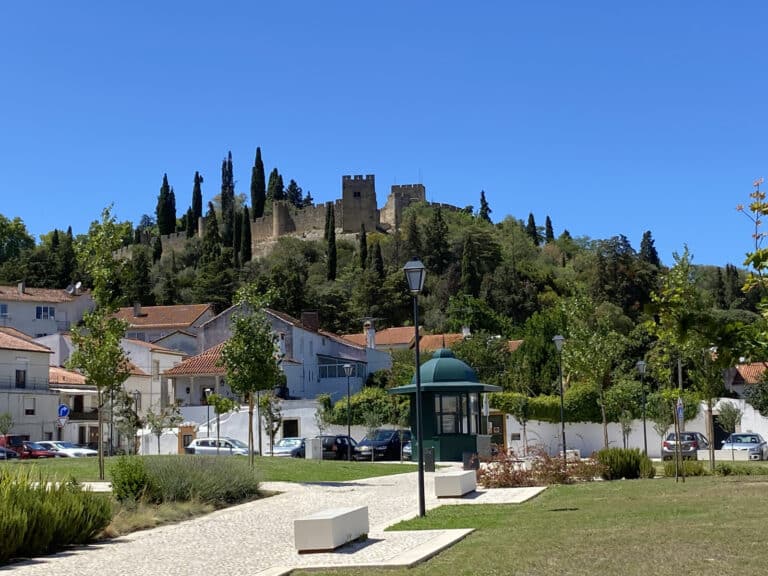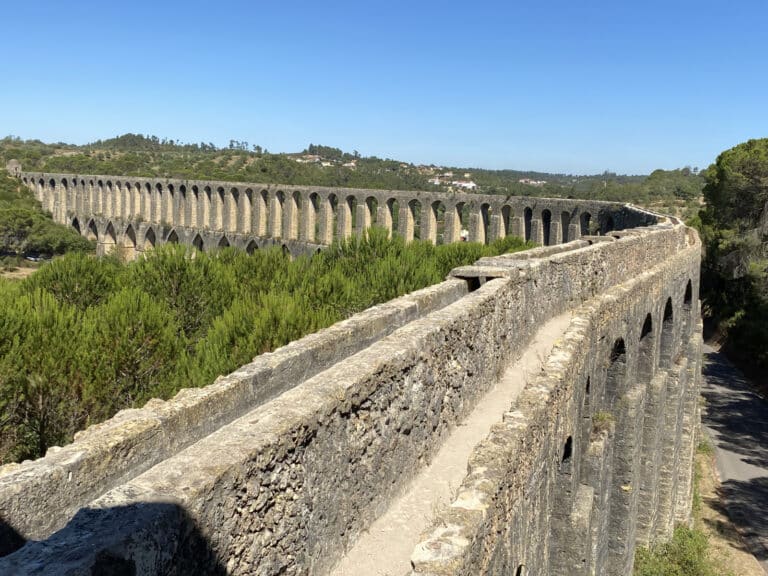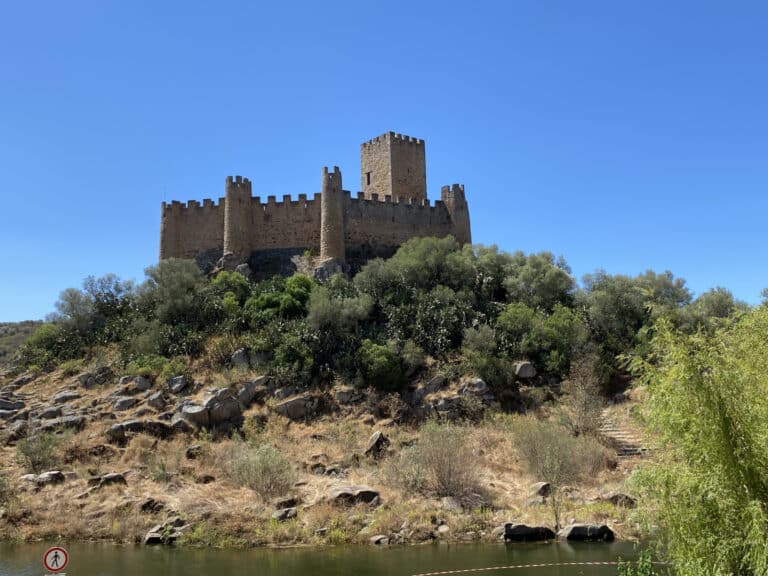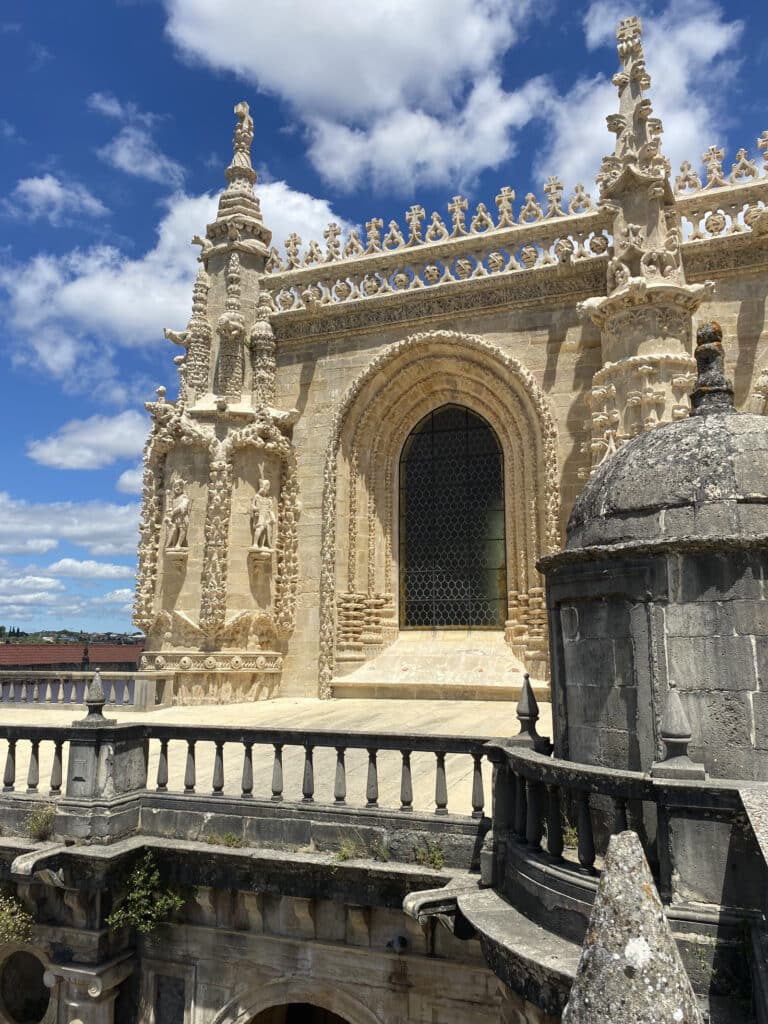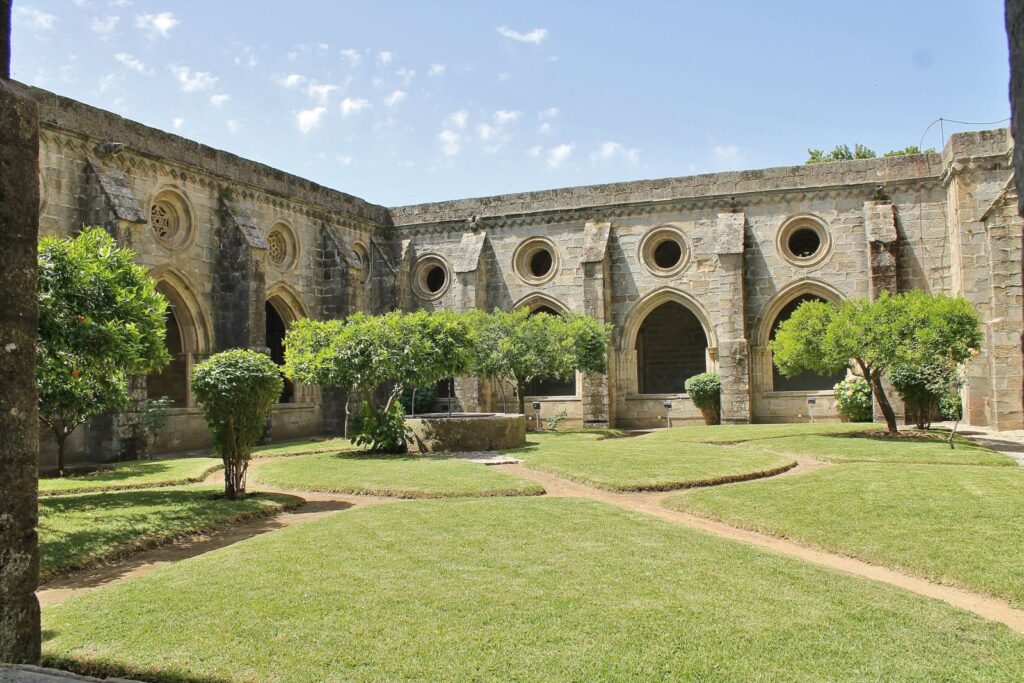This tour is designed for history lovers, showing you the region’s varied collection of historic landmarks. After relaxing on the trip from Lisbon (1 hour 45 minutes), you reach Tomar, a UNESCO World Heritage city. You’ll be transported back to Roman times, the Moorish occupations and all the way through the middle ages, until today’s Portugal.
We will visit the largest monumental area in Portugal and one of the largest in the world, the Convento de Cristo. It was home of the Templários, and one of the most important Renaissance buildings in Portugal.
It was built in 1160 by D. Gualdim Pais, Grand Master of the Order of the Temple, becoming the headquarters of the Templar Knights in Portugal. It is a place that combines unforgettable beauty with a historical presence, full of symbolism and mysticism.
Designated a UNESCO World Heritage Site in 1983, characterized by various architectural styles, its main attractions being the “Charola” (original Templar church) and the world famous famous “Janela do Capítulo” (Manueline style), honouring the Age of Discovery.
Another, not so visited location that we will explore, is the Aqueduct of the Convent of Christ. It was built in 1593, during the reign of King Filipe I of Portugal, with the aim of supplying water to the Convent of Christ in Tomar. It is one of the biggest and more complex historic aqueducts in Portugal. Its completion was marked in 1619 with the fountain in the Main Cloister, attributed to Pedro Fernandes Torres.
On our way back to Lisbon, we will still stop at the Castelo de Almourol, that was conquered in 1129 by King D. Afonso Henriques. Built on a granite outcrop 18 meters above sea level, on a small island, in the middle reaches of the River Tagus. It is one of the most representative examples of military architecture of the period, evoking both the beginnings of the kingdom of Portugal and the Order of the Templars, an association that reinforces its aura of mystery and romanticism. The importance of the castle was to settle the territory between the Mondego and Tagus rivers, defending the then capital of Portugal, Coimbra.
